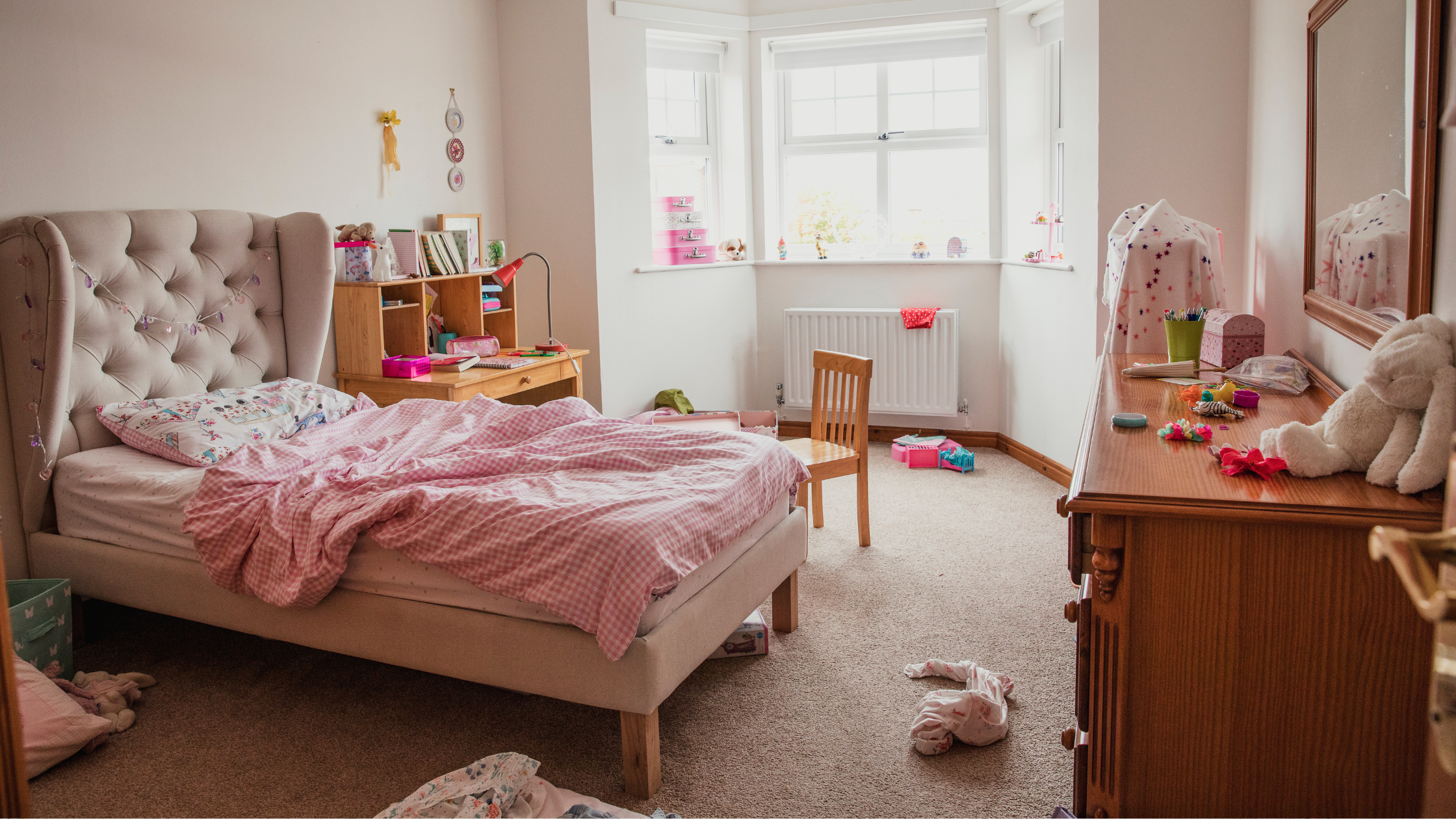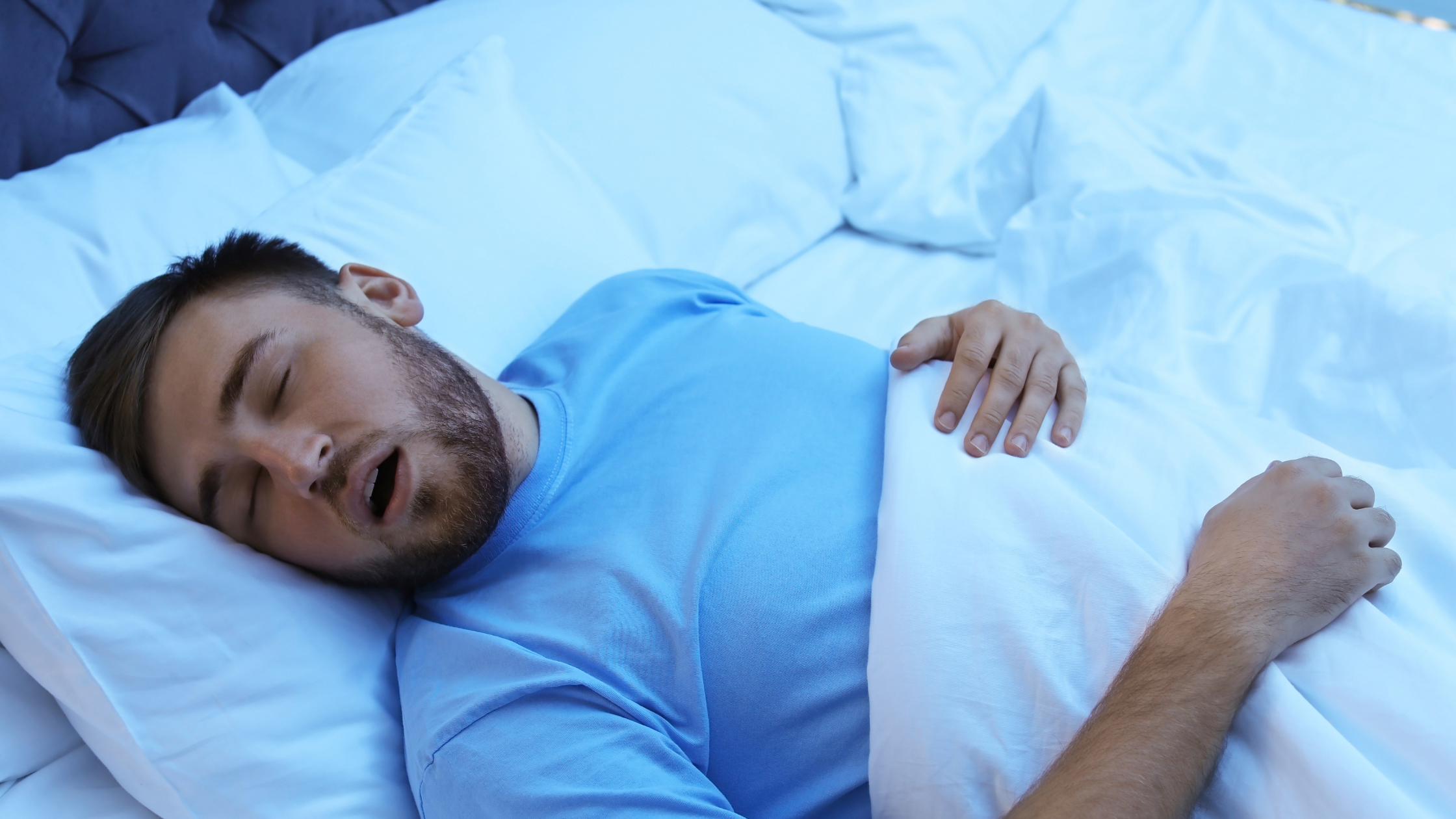When it comes to getting a great night’s sleep, most people think about their mattress or pillow—but your sheets play a huge role too. The type of fabric your sheets are made from can impact your body temperature, skin comfort, and even how often you toss and turn. Among the most popular options are silk and cotton, but which is better for restful, quality sleep?
Let’s break down the pros and cons of each to help you decide which is the best fit for your sleep needs.










